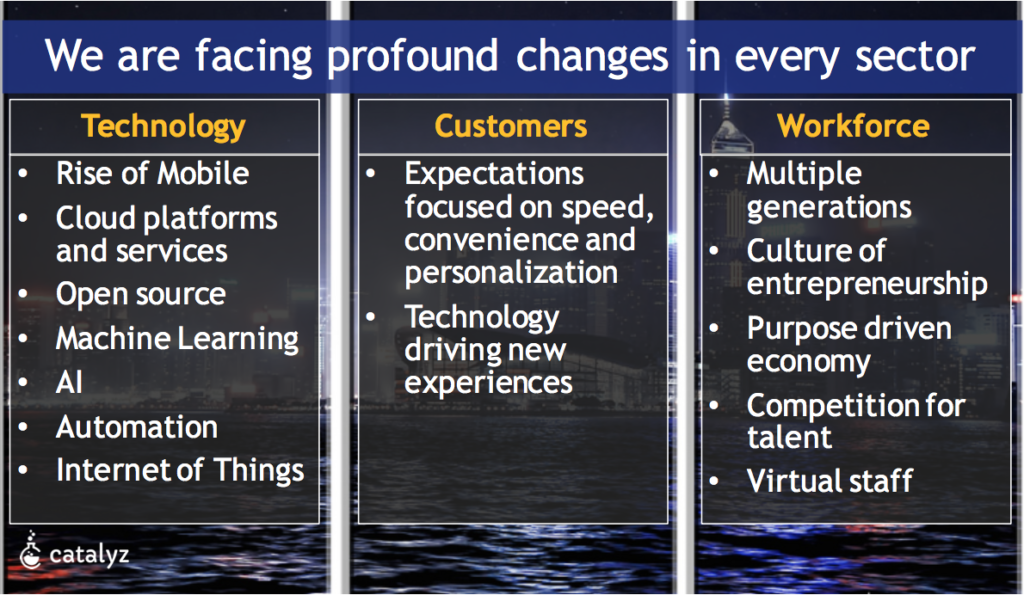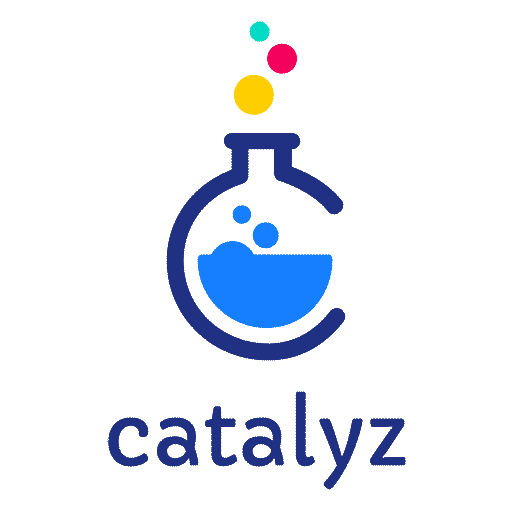Fostering a culture of informal recognition and gratitude
As we enter an era in which organizations are facing transformational shifts across the technologies and platforms they use, customer expectations, and their workforce, a growing number of HR leaders and executives are recognizing the importance of designing not just for customer experience, but for employee experience as well.

While there are many facets of employee experience to consider, and just as many models emerging that aim to identify and map them, the area I’d like to focus on today is employee recognition and gratitude.
There is a growing body of research on employee recognition-Workplaces that have effective praise and recognition have 14% more productivity than those who don’t, along with 31% lower turnover rates and 60% more engagement! Furthermore, 83% of employees said recognition was more fulfilling than rewards or gifts, with 76% rating peer praise as extremely motivating.*
Of course, it’s one thing to conduct this research and identify evidence based theories around leadership and management practices- the trick is taking those theories and leveraging them to design tangible rituals, behaviors or language that organizations can adopt to put them into practice.
Part of our mission at Catalyz is to help organizations design rituals, mindsets and behaviors that form the “cultural infrastructure” needed to support their strategies and vision, including talent engagement and retention. In that vein, I would like to offer two simple and tangible rituals designed to help organizations develop a culture of informal recognition and gratitude.
#GratitudeFriday: This is a ritual I started a few years ago. I made a weekly calendar reminder on Friday morning to send out 3 emails to people who had helped me, supported me, or just been all-around awesome that week. Each week I would send out an email to each of them expressing my gratitude for something specific they had done, and tagged it with #GratitudeFriday as well as a challenge to send out at least one gratitude email of their own. I would also ask if they would like me to forward to their manager, knowing that while some people appreciate their manager seeing these types of notes, others prefer to receive it privately.
I soon started to hear stories of others creating the same recurring reminder, and at one point #GratitudeFriday was the top trending hashtag on our company Yammer site! One surprising insight that emerged was that giving gratitude seemed to be a positive experience for the giver as well as the receiver- one of our Sr Directors told me that sending those 3 emails was the highlight of every week. More recently, I wrote about how our team has incorporated a “gratitude” section into our weekly check-ins. Whether you make it a digital ritual, or build it into your team huddles or check-ins, my challenge to you is to find a small weekly ritual that fits with your organizational cadence, that creates time and space to share simple, specific messages of gratitude.
#Operation Gratitude: A few years ago, our team at the Nordstrom People Lab faced a challenge. Our organization was going through massive amounts of change and ambiguity, facing new leadership, and was entering the make or break December holiday season for retail. We wanted to find a way to help create positive emotions about work in the midst of all this, and so a few team members came up with the idea for Operation Gratitude. We bought a bunch of blank cards, set up tables in the lounge area of every floor, and made a simple promise- write a handwritten card to someone in the organization, put their name on it, and our team (in partnership with the amazing admin team) would hand deliver it to their desk (bringing the high touch service of Nordstrom’s retail experience to our Technology team employees). In the span of a week, we were able to deliver 311 cards, 25% of which were written by managers, and 29 of which were written by a single person! We even ended up mailing cards to Hawaii and Mexico (our white glove delivery budget only went so far). As organizers of this, the most meaningful part for us was the feedback we received, including
“After participating in operation gratitude I’ve been receiving thank you notes for my thank you notes. One of the comments was, ‘I have never had someone do something like this for me. It means a lot.’”
The entire project cost less than $200, and we were able to create a meaningful and personalized recognition experience to many of our team at a challenging time. As we enter into the 2018 holiday season, how might you run a similar program for your staff?
*My #GratitudeFriday thanks go to Sarah Lake Hagan for the research cited above on recognition, and Sarah, Andrew Buhayar, and Valerie Green for brainstorming and running Operation Gratitude.
